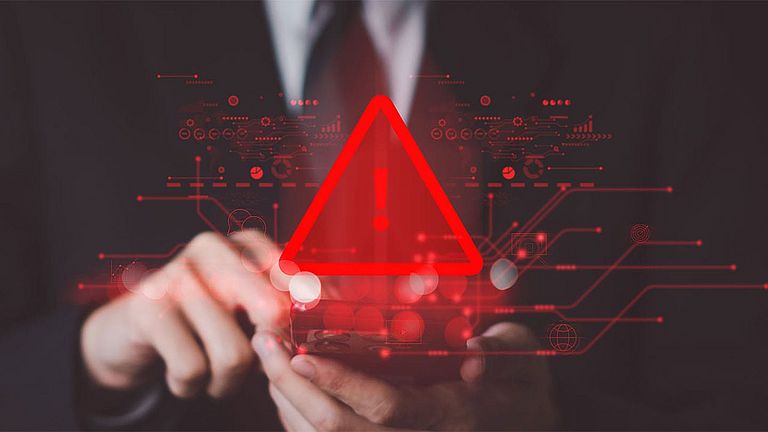One of the greatest dangers arises from data that is intercepted today but will only be decrypted in the future using a method that will be available by then. ‘Harvest now, decrypt later’ is the catchy phrase that has been circulating for some time.
An ISACA study shows that almost two-thirds of the 2,600 IT and security experts surveyed globally fear that quantum computing could undermine existing encryption methods. But only five per cent of companies have a strategy for dealing with this challenge. They cannot wait to make their data ‘quantum-secure’.
On 25 September 2025, important steps were taken for global financial security in the quantum age. The US organisation X9 and DigiCert signed the first root certificate for a so-called Financial PKI, a digital infrastructure for securing financial data. What is new about this is that it is based on quantum-secure algorithms, i.e. encryption methods that are designed to withstand future quantum computers.
With the rapid advancement of quantum computers, there is growing concern that today's encryption methods will soon no longer be secure enough. Project Leap is Europe's response to the quantum threat. The project is an initiative of the BIS Innovation Hub Eurosystem Centre, together with partners such as Nexi, Swift and several central banks. In the current phase, ProjectLeap 2, the focus is on practical implementation: liquidity transfers between central banks secured with digital signatures based on post-quantum cryptography are being tested. The aim is not only to ensure security, but also to test the interoperability and performance of these new methods in a realistic environment.








